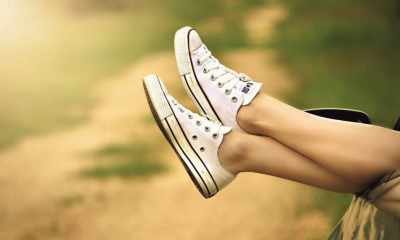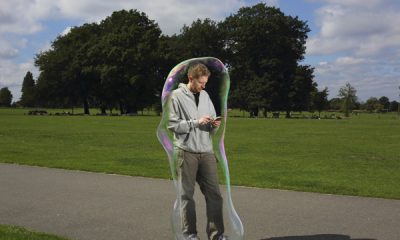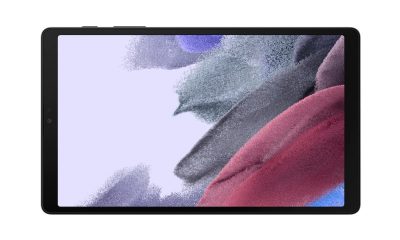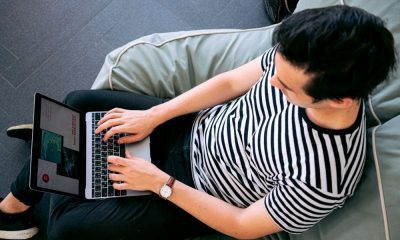Business
‘Or Die Trying’ Webseries Empowering Millennials
Published
6 years agoon
By
Jie Kuang
Inspiring millennials across the nation, Or Die Trying is sharing a story about four women living in Hollywood pursuing their dreams in the entertainment industry. In this exclusive interview, they reveal the truth about LA, crowdfunding, and feminism. The passion behind the webseries stem from the lives of the creator Myah Hollis and producer Sarah Hawkins. They are the masterminds behind Or Die Trying, and this is how they’re doing it.
What is Or Die Trying about?
MH: Or Die Trying is about four millennial women living and working in Hollywood. When it comes to their careers in the entertainment industry, they know what they want and they have an idea of what it will take to get there, but they struggle with making all of the pieces of their lives mesh seamlessly. While they’re strong in one area, they’re lacking in another. It’s a story about their journeys as they develop as women and try to come to some type of equilibrium, while not compromising who they are in the process.
Tell me about the characters.
MH: Amelia Tinsley is a journalist, struggling with her identity and her sense of purpose, and trying to get herself back on track. Bailey Rosenberg is a comedian who is totally in tune with who she is and what she wants, but is having opposing expectations forced on her by her mother who wants her to live more traditionally. Ellie Hansen is an indie actress who is disinterested in the idea of fame at the expense of art, even though she’s constantly being pressured to “sell out.” Raegan Thomas is the creator and co-showrunner of a TV show who, although she’s doing very well professionally, is dealing with things in her personal life, and she doesn’t really have the ability to compartmentalize the two. Each character is trying to achieve a sense of balance between two dueling aspects of their lives.
How did you ladies meet?
SH: Myah and I met a few years ago in Philly where we both lived and worked. We both made the leap to LA within months of each other in 2013, Myah moving here for writing, and I sought to pursue acting. Being friends and fellow film industry ladies, we wanted to create something together that we could call our own, as if you wait for the perfect role or opportunity to come to you, you’re never going to find it. We’ve been work wives ever since!
Why LA?
SH: Los Angeles is like Mecca for artists and those striving to put one’s dreams into fruition. Most everyone is here with purpose, and that alone can be incredibly infectious. Who wouldn’t want to feed off that type of energy every day?
MH: If you’re seriously pursuing a career in TV or film, this is the heart of the industry. It’s where you need to be. It also helps that it’s sunny all year and there’s a ton of sushi.
What is your day to day like?
MH: Every day is hectic in its own way, but not extremely exciting to be honest. It’s just a marathon of checking things off of checklists, chugging gallons of caffeine and trying not to sink into the warm comfort of an unproductive Netflix binge.
SH: I’m not sure I can really echo Myah’s sentiments enough on the coffee bit. Coffee in an IV and an obscene mountain of emails.
What inspires you?
SH: My fellow women in film. I feel like there is such community within our little network that is just pure of heart and down to earth, so much that at times it can kick your own ego-butt every now and then. This industry can be just absolutely brutal, but when I see like-minded, passionate, badass women who just want to help level each other up, I get incredibly motivated to do the same and progress the conversation further.
MH: I think I’m most inspired by the statistical improbability that I should be successful as a writer in this industry. When I first decided that I would pursue this instead of going down one of the many roads that would lead me to a stable job, I was very aware of the fact this is something that I should fail at. More people fail than succeed, that’s just a fact. You know this going in but you do it anyway. The idea of being successful despite those odds is what drives me.
Why a story about women?
MH: There aren’t enough stories about women told by women. There’s a unique perspective that’s missing in Hollywood because women are not telling our own stories, therefore the stories that are being told are not representing us properly. It’s a systemic problem that will only change if we make it our responsibility to create more complex, realistic female characters.
Who are some of your role models? Why?
MH: Shonda Rhimes is my main professional role model, for reasons that feel really obvious to me but I’ll just go ahead and lay them out. She has knocked down so many barriers and has become the epitome of a woman building her own empire and playing by her own rules. She has beat the odds in every way, and that’s really inspiring. My role models in my personal life are my parents and my family and close friends. I’m just surrounded by so many strong, resilient and talented people, it’s insane.
SH: Amy Sherman-Palladino for the creation of Gilmore Girls, which is probably some of the best feminist writing on TV and on a personal level, my dad. He has been a huge influence on my career as an actor and as a producer, and is a constant source of inspiration.
What advice can you give to people chasing their dreams in LA?
SH: Find your “person(s)”. LA can be extremely lonely and competitive if you let it. Surround yourself with people who push you to be better, to think outside of yourself, to keep the end goals in perspective when the day-to-day gets muddled and messy. That’s what I love most about Myah’s & I’s relationship. She keeps me in check and we push on together.
MH: Don’t listen to people, listen to your instincts. Listen to your gut. Succeeding in this city takes stamina. Only you know when you’ve had enough. Don’t stop going after what you want until you’re sure you don’t want it anymore.
How did crowdfunding through Seed & Spark help you?
SH: Seed&Spark was one of the most challenging and rewarding experiences. Crowdfunding is never easy, but the folks at Seed&Spark vet you and prepare you on a level that is incredibly empowering. Really cool filmmakers came out of the woodwork to support us, not only financially but with loans of goods, services, promotions, etc. Our project became a community through Seed&Spark, and we’re excited to continue to build that village through production this October.
How are you trying to make your audience feel?
MH: I don’t ever want to tell people what they should feel. I’m kind of a psych nerd, so I can get a little hippie-dippie at times, but I really think that everyone is at a different point in their lives and different things resonate with you depending on what you’re experiencing at the time. I just want people to be able to empathize on some level, but whatever feelings our show ignites is fine with me as long as they’re engaged.
What is your message to your audience?
MH: You have to trust your instincts, regardless of the backlash that may cause. You also have to be willing to put in the work to become whoever it is you want to be, both professionally and personally. Those are the main things that I want people to walk away with. Other than that, I just hope people take what they need from it and that they’re both inspired and entertained.
What sort of person is going to love the show?
SH: We sought to really hone in on our fellow millennial women in film, because they are our community, our niche; the ambitious, driven women who know what they want and are actively doing everything they can to make it happen. I know ODT echoes universal truths far beyond that demographic, that dreams are worth fighting for, and given by the reaction to our trailer, our Seed&Spark Campaign, and other press, I can’t wait to see who latches on to it, as both men and women alike have been extremely anxious and excited for us to get it out there.
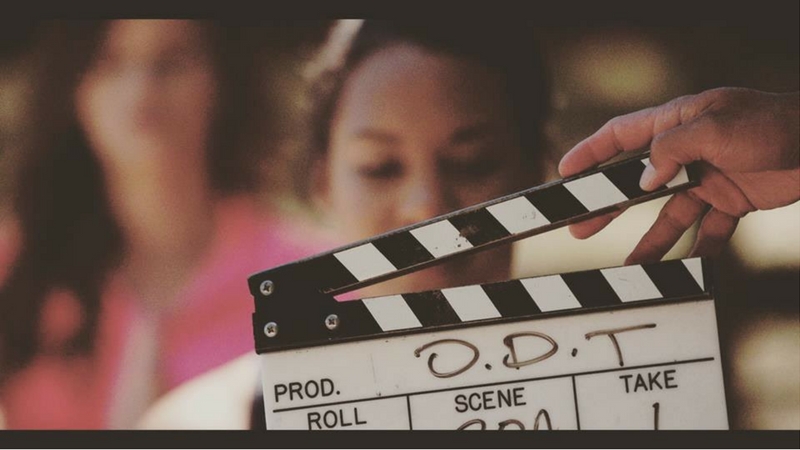
What was the happiest moment?
MH: Finishing the scripts was a huge relief. I tend to pick at them compulsively until they’re exactly the way I see it in my head, so when they were officially locked in and ready to go I felt like I could finally breathe.
SH: For me, it’s the seeing the community we are beginning to build with Or Die Trying. A distinct moment was at our ODT Networking Party, and looking out into the crowd to see all the amazing people who not only came out to support our series, but came out to connect with fellow filmmakers and level each other up by networking with one another. It was so cool to witness!
How has pursuing Or Die Trying affected your lives?
MH: It’s completely dominated the past year and a half of my life. Everything has revolved around this project for so long, that I don’t really remember what I was doing with my days before. It’s also made me really confident in my abilities as a writer and producer, and very thankful to be surrounded by such talented and creative people every day.
SH: Same! ODT on the brain 24/7.
What struggles are women facing today?
SH: I’m going to chunk this down to women in film because there are some pretty wild problems outside of this industry women have been and are currently fighting against. To put it plainly, there is unequal opportunity for women behind and infront of the camera, unequal pay above and below the line, and very little movement to illuminate the female perspective onscreen.
Would you consider yourselves feminists?
SH: Yes. Men and women are equals, it’s time our society reflects it. Feminism shouldn’t be a dirty word.
MH: I honestly don’t understand how you can not be a feminist. There are negative implications about what feminism is, but it’s very simply the belief that women are equal to men in every capacity. I can’t believe that’s something that we’re still debating as a society.
How do you feel about the film industry today?
SH: I think we are in a unique time where collaboration and creation is becoming increasingly more welcome than competition. So much of this industry is cut-throat, but when it comes down to actually bringing a project into fruition on the indie level, I believe most people are in it for the right reasons. Maybe that’s naive of me to say, but at the very least, that’s been our experience with ODT. Everyone just wants to be apart of something bigger than themselves, and I believe our series speaks to that.
What obstacles have you faced?
SH: The proverbial “no,” and learning that it has no real merit on you or what you’re capable of achieving.
MH: The great thing about building your own projects and creating your own opportunities is that you don’t face many obstacles that you can’t overcome. There are always logistics that need to be figured out, but the fact that you’re not waiting for someone to tell you what you can or can’t do eliminates a lot of that hesitation and stress that can hinder you in this industry.
Who would you like to work with in the future?
MH: Shonda.
SH: Jill Soloway.
Is there anything you want to highlight?
SH: We’re headed into production of Or Die Trying this October, but you can stay tuned on our progress at odtseries.com and on social media @ODT_series and at #odtseries
Jie writes about influencers and startups in various industries. She is a designer turned techie, and when she is not writing, you can find her in her workshop working on her next big project.

You may like
BumpOut: The Expandable Portable Speaker
Kemetria Lilly Founder of Lilly’s Kloset: 5 Tips for Aspiring Entrepreneurs
Safety Hacks For Traveling To Your Next Business Meeting
Retain Your Employees Through Company Culture
8 Ways To Beat Stress
Popping the Bubble: How to Escape the Social Media Echo Chamber
Business
What’s the Best Graphic Design Service for Social Media Campaign?
Published
17 hours agoon
November 5, 2025
TLDR: If you need a steady stream of high-quality social media graphics, here are five of the best graphic design subscription services you can choose from.
Having the most users of all social media platforms, Facebook is also the leading name in social commerce. For businesses, this means working twice as hard to get consumers’ attention on this channel alone. If you need help in doing this, here are five of the best graphic design subscription services you can choose from.
1. Penji
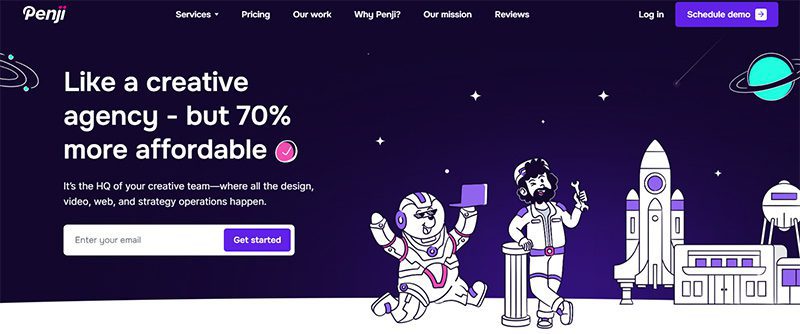
A design-as-a-service platform, Penji can create more than just social media graphics. Its team of design experts can craft infographics, custom illustrations, and many other marketing and advertising materials. It runs on an unlimited graphic design and revision model. This allows you to get as many visual assets as you can for a fixed monthly fee.
2. Design Pickle
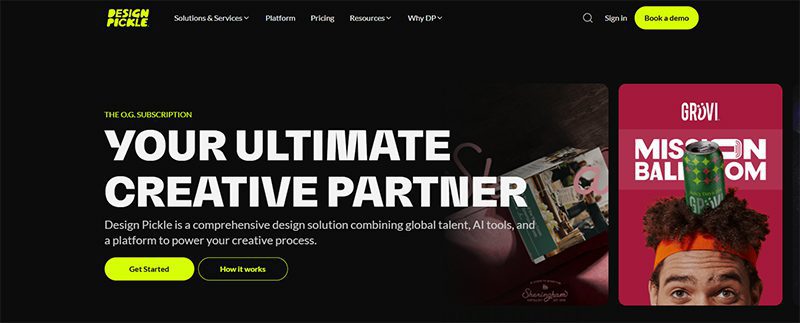
Also operating on an unlimited design model, Design Pickle boasts expert talents, smart systems, and dedicated support. Its key services include brand and identity, print, motion and video, marketing and advertising, illustrations, and more. Its average turnaround time is 24 hours from its vetted designers.
3. ManyPixels

From social media to motion graphics, ManyPixels is an excellent graphic design subscription service worth considering. It offers fast, reliable service, sending your designs in as little as 1 to 2 business days. Its fixed monthly rates include unlimited revisions, making it a cost-effective alternative to agencies.
4. Delesign
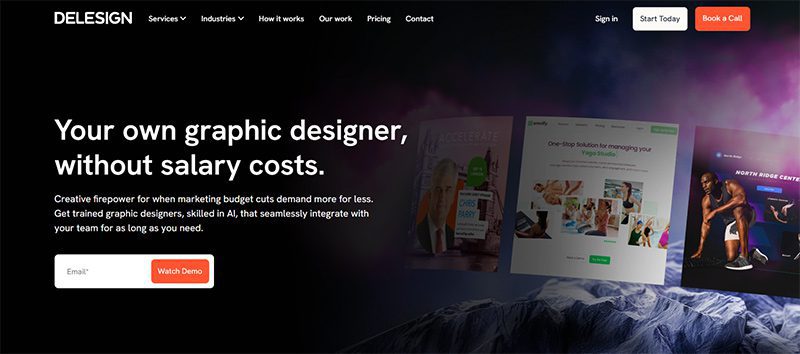
Another flat-rate unlimited design service, Delesign, has dedicated designers to create designs for your social media campaigns. This means consistent visual assets across all your businesses’ social media platforms. Like many on this list, it also offers unlimited revisions at no extra cost to ensure you get the exact designs you need.
5. Designjoy
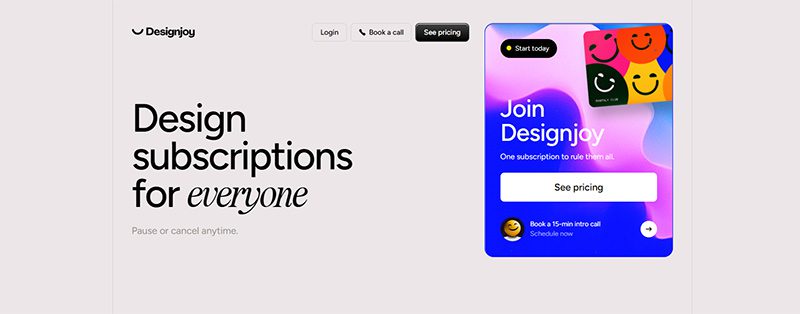
Run entirely by one person, Designjoy replaces unreliable freelancers and expensive agencies. Its unlimited design model lets you request social media graphics that are created one after the other. If you don’t have tight schedules and timelines but need high-quality visuals, this design-as-a-service platform is your best bet.

Graphic design subscription services like No Limit Creatives are popular among small businesses to get quick and quality designs. However, just like any other platform, it has its downsides. So, if you’re looking for No Limit Creatives alternatives, here is a list we made to help make the job easier for you.
Penji — Best Overall Alternative
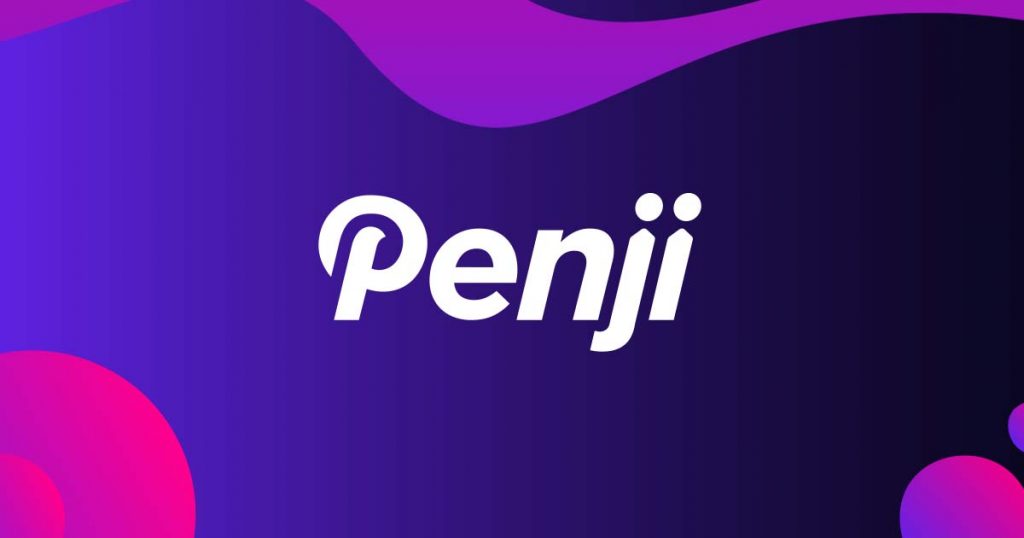
If you’re looking for a reliable graphic service from start to finish, Penji is a great alternative. Penji significantly improves upon the things that No Limit Creatives lacks in comparison — turnaround time, user dashboard experience, and offers a consistent designer who helps your brand over time.
Why it Stands Out:
The biggest issues with No Limit Creatives are slow turnaround times and designs that lack brand cohesion. With Penji, you get consistent communication, consistent pricing, and over 120 design types without all the hassle.
Pros:
- Quick turnaround time (24-48 hours)
- A designer learns your style
- Easy user dashboard
- Consistent monthly pricing with no hidden fees
- 120+ types of designs (ads, branding, web, social, and more)
Cons:
- No communication through chatting with the designers
- No video/animation capability
GraphicsZoo — Best for Revision and Version Tracking

GraphicsZoo is a good alternative if you want more say in your revisions and need brand consistency across the board. GraphicsZoo can help with easy version tracking, making team collaboration simple.
Why it Stands Out:
If you’re struggling to get changes made or keep things on brand, GraphicsZoo gives you the tools necessary to do so.
Pros:
- Tracks versions and revisions in detail
- Team collaboration made easy
- Dedicated Design Team
Cons:
- Turnaround may vary depending on order
- The interface could be more modern
Content Beta — Best for SaaS and Tech Brands
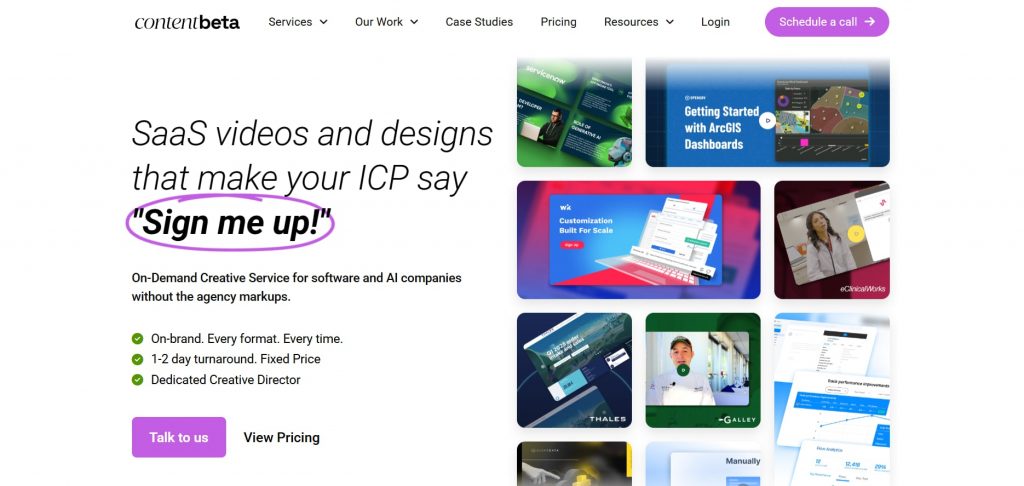
If you’re a software or tech company that needs more modern design visual offerings like product explainer videos, UI design mockups, and onboarding videos, then Content Beta works best for you. Unlike No Limit Creatives, which primarily focuses on graphics, Content Beta specializes in design and video.
Why it Stands Out:
If you’re working on product videos, app UI, or anything tech-related, this is the choice for specialized help.
Pros:
- UI/UX combined services
- Great for explainer videos of products
- Video/design in one package
Cons:
- Non-ideal for basic branding or print materials
- Could be costly for smaller teams
SmartSites — Best for Marketing + Design Services
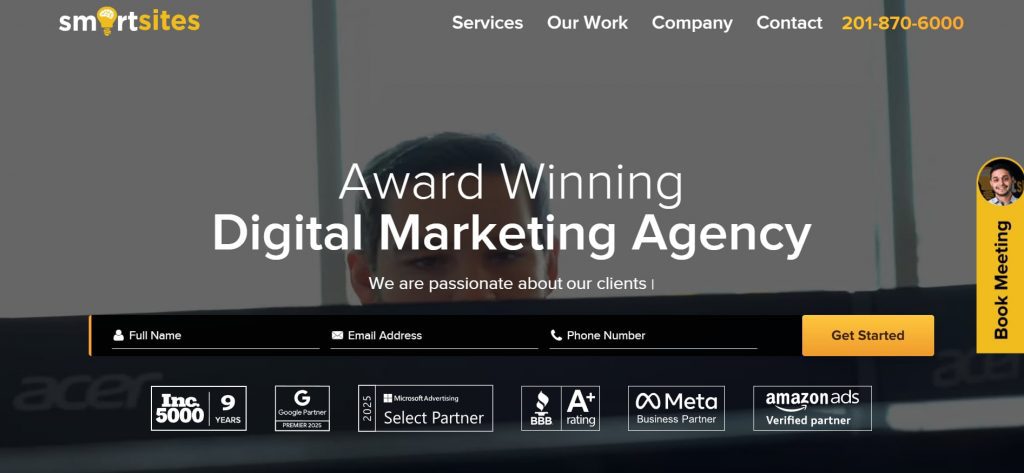
SmartSites is a marketing agency first and foremost. They provide SEO/PPC/web services along with graphic design so if you’re looking for heavy assistance in creative strategies as well as marketing brands and messaging, SmartSites is a suitable match.
Why it Stands Out:
If you want design solutions with tangible marketing results, then SmartSites provides you the growth potential to back it up.
Pros:
- Agency full-service: design/se0/PPC/web solutions
- Good for branding long haul
- A lot of strategic thinking help
Cons:
- Not unlimited graphic designs subscription program
- Should avoid if you only need design work
Business
What’s the Best Graphic Design Service for Startups
Published
7 days agoon
October 30, 2025By
Flore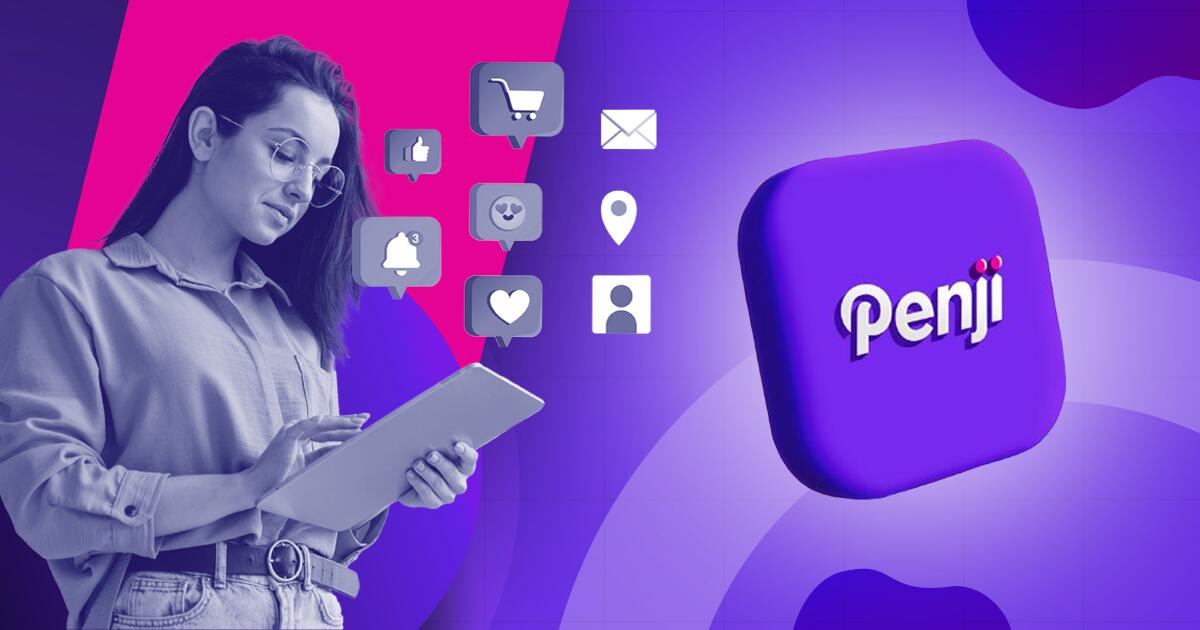
TLDR: Penji is the best graphic design service for startups because you get unlimited designs, 24-48 hour turnarounds, and flexible pricing that won’t drain your budget. Unlike premium agencies or inconsistent freelancers, Penji scales with your startup.
The best graphic design service for startups is Penji. For $499/month, get unlimited design requests delivered in 24-48 hours with a dedicated team that understands startup urgency. No contracts, no per-project fees, just reliable design support.
Startups burn through design work fast. One week, you need social posts. Next week, you’re updating your pitch deck. Then suddenly, you need a one-pager for investors. Freelancers cost too much per project, and full-time designers? Not in the budget yet. Here’s the graphic design service for startups that comes in, giving you unlimited work for predictable monthly costs.
Top Design Services Startups Actually Use
1. Penji
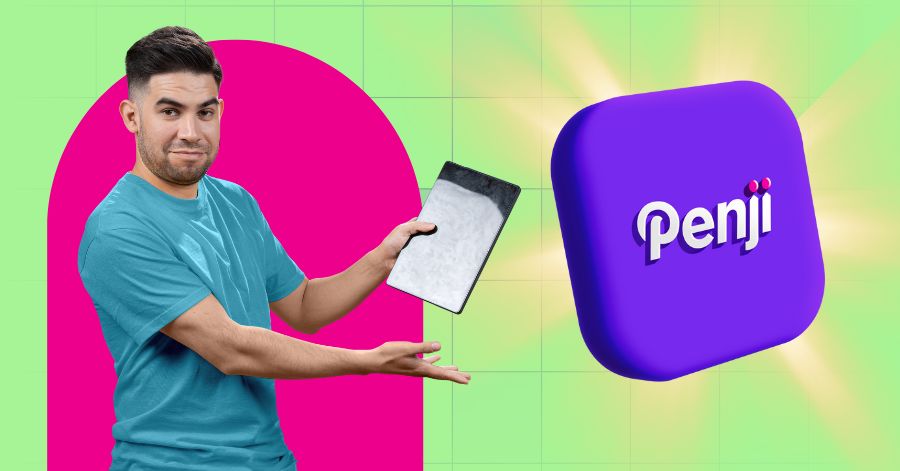
When you’re hunting for the best graphic design service for startups, you need speed, variety, and affordability all at once. Penji nails all three. Their design as a service platform gives you unlimited designs for $499/month with 24-48 hour turnarounds.
Why Penji works so well for startups:
They handle everything. Logos, pitch decks, social campaigns, you name it. No per-project charges. Your monthly rate stays flat whether you submit two requests or twenty.
Your dedicated team at Penji learns your brand fast. They remember your preferences for future projects instead of treating every request like the first time.
The creative support scales from simple graphics to complete brand guides. You don’t get forced into higher pricing tiers when your needs grow.
No contracts. You can pause when cash is tight and restart when you’re ready. Perfect for unpredictable startup budgets.
Startups choose Penji when they need graphic design services that match their pace without the agency price tag.
2. Superside
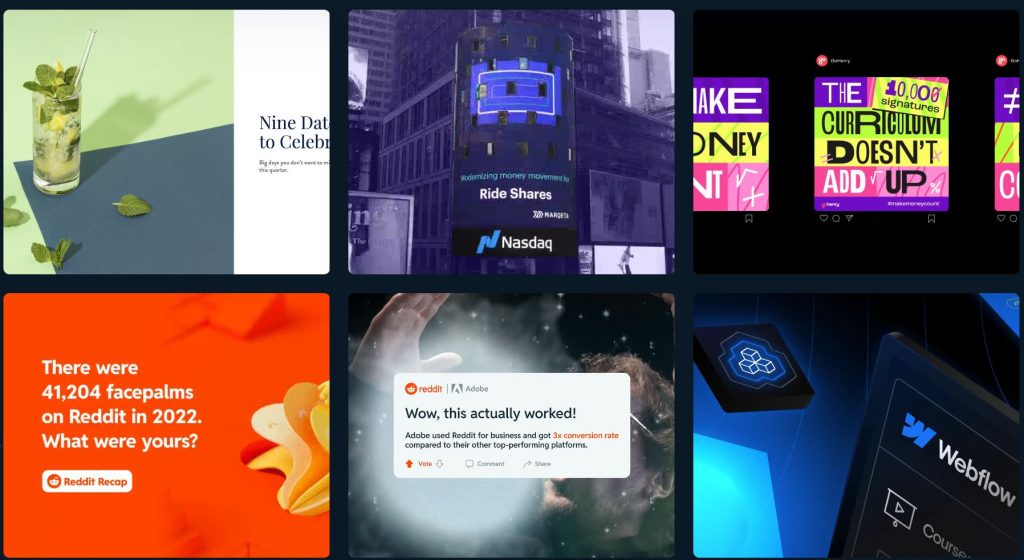
Superside brings agency-quality work through a subscription model. They’re great if you’ve raised significant funding and need premium creative for major campaigns. But plans start around $3,000-$5,000 monthly. Too steep for most early-stage startups.
3. Kimp
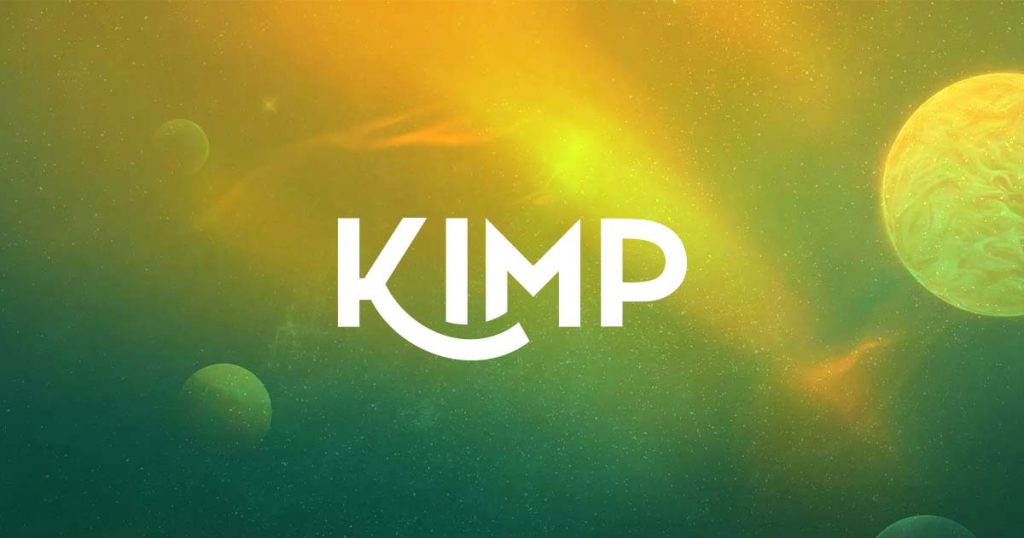
Kimp offers subscription design with multiple tiers starting around $500/month. They’re decent for basic needs. The catch? Turnaround times can stretch to 48-72 hours, and their design variety feels more limited than what Penji offers.
Conclusion
The best graphic design service for startups matches your speed and budget without compromise. Penji’s graphic design services handle everything from quick social posts to complex branding work. All for one flat monthly rate that makes financial planning actually possible.
Get Design Support That Moves at Startup Speed
Try Penji today and see why thousands of startups trust them for unlimited design work. Get your first project delivered in 48 hours.
Frequently Asked Questions
Why is Penji better than hiring a freelancer?
Freelancers charge per project and often have slow turnarounds. Penji gives you unlimited designs for one flat monthly rate with 24-48 hour delivery. No chasing invoices or waiting for availability.
How much does Penji cost compared to other services?
Penji starts at $499/month for unlimited designs. Superside costs $3,000-$5,000 monthly. Quality freelancers charge $100-$200 per project, which adds up fast when you’re launching.
Can I get revisions with Penji?
Yes. Unlimited revisions are included in your monthly subscription. Keep requesting changes until the design is exactly what you need.

What’s the Best Graphic Design Service for Social Media Campaign?

What’s the Best Merchandise Design Company?

Top 10 Tablets to Use in 2025

What’s the Best No Limit Creatives Alternatives?

What’s the Best Graphic Design Service for Startups

What’s the Best Graphic Design Service for Ecommerce Businesses?

What’s the Best Fiverr Alternatives?

Top 10 Tablets to Use in 2025

What are the Best Canva Alternatives for Designers and Marketers?

What’s the Best Superside Alternatives today?

What’s the Best Fiverr Alternatives?

What’s the Best Graphic Design Service for Startups

What’s the Best Graphic Design Service for Ecommerce Businesses?









